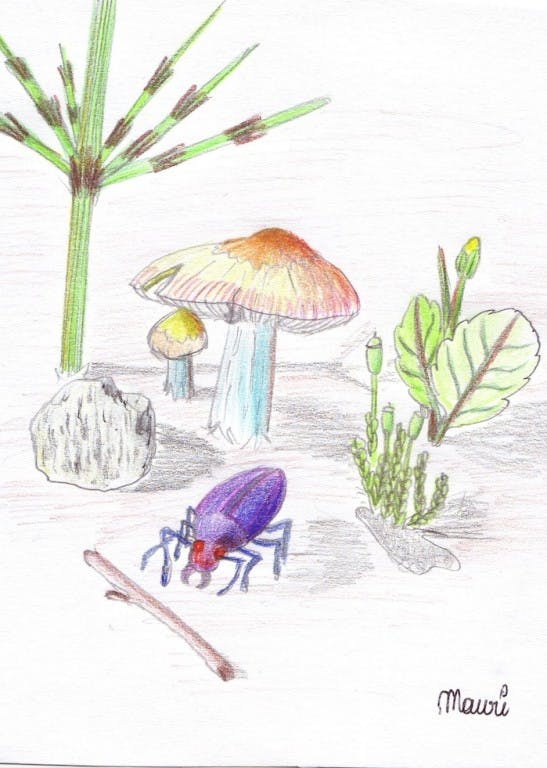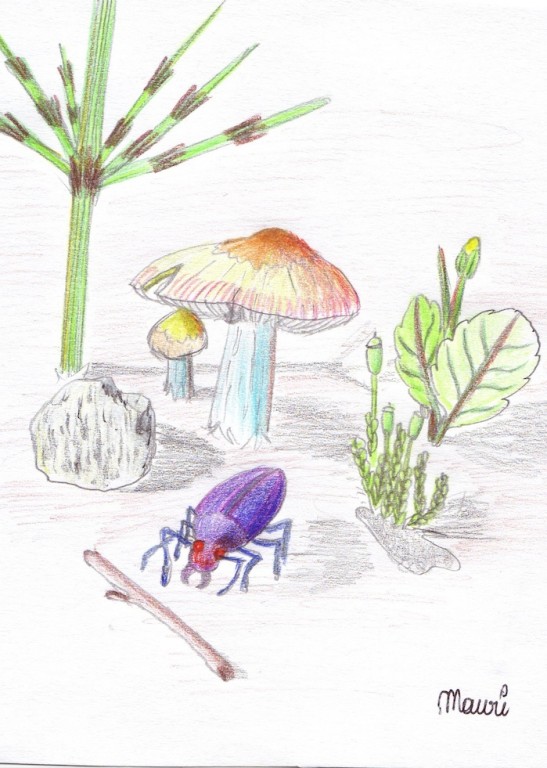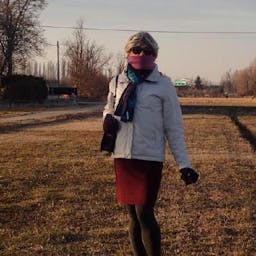Tiny ideas to encourage girls to explore mathematics and physics - 5: Example: "Environment in ant's eyes"
Jan 21, 2015
Story


We feel warm or shiver by cold. We may feel hungry or thirsty. We can sense the wind caressing our skin.
These are some of the ways the environment impresses, even threats us.
But, what would it happen, if we are not as tall as we are, and become small as an ant?
Try figuring it. What might it happen?
We said: when you are tall, you feel the wind.
But when ant-sized, there is no wind! Air seems attached to the ground, and you must open your way through it.
And, what might you say of temperature?
Of humidity?
Might you drink water from a tiny tiny glass? So sure? How large would a drop of water seem to you?
And, how often would you see the Sun?
You're on the way to discover how hard life might be for a really small creature.
So close to us, her environment is one of the harshest, most extreme places in the world (and we tall and big only may perceive it with our big toe).
What's nice is, we can measure it, and make infinite other discoveries.
For example (that's less easy than it might seem on a first glance) you may take temperature measurements in the shadow and sunlight just few centimeters apart. And, discover how large the difference may be.
For us adults willing to provide guidance in this strange world: my explain (to be all verified) is these effects are in large part due to a property of air, viscosity. As thin as it may seem to be, air opposes some resistance to deforming. Not as oil, even not as water. But, finite.
In the first few millimeters above ground, viscosity tends to suppress any motion of air, that is, wind and turbulent eddies. As a result, you experience no wind there.
But then: who carries oxygen to you, when you are as little as an ant? "Turbulence" would be the most important answer in our "normal" world. But in Antworld, we have seen, turbulence does not exist. There is no mixing. All what remains is just molecular diffusion: an almost nothing.
So we, as an ant, would have some difficulty to breath.
At ant-size, also because air viscosity, we would begin to experience a bit of drag anytime we move. That's infinitely better than, say, for tiny vira, so small that molecular agitation may displace them suddenly.
The lack of turbulence close to ground, in addition to making difficult the oxygen (and other things) exchanges, also promotes the formation of large surface temperature differences (the simplest way to measure them would be using an IR thermometer - but I realize it is an expensive instrument; you might try with a normal thermometer, but then you have to stitch them really well to the ground surface, which is not simple).
We would also notice water can't be drink, but only eaten. Again, because of viscosity (much larger for water than air).
This experience is ideal on a sunny, but not too hot, day. Sitting in circle, and explaining the many details.
Eliciting (that's most important) observation, and formulation of hypotheses.
In my view, this form of imagination (to be in another world so close to ours, yet so different) is mind-enlarging, and enlightening. It works with adults, too.
It's also akin to the "what might it happen if..." pretend play girls often do on their own. In this case, under guidance by an adult.
Be prepared to the most strange and beautiful questions...
Cheers,
Mauri




